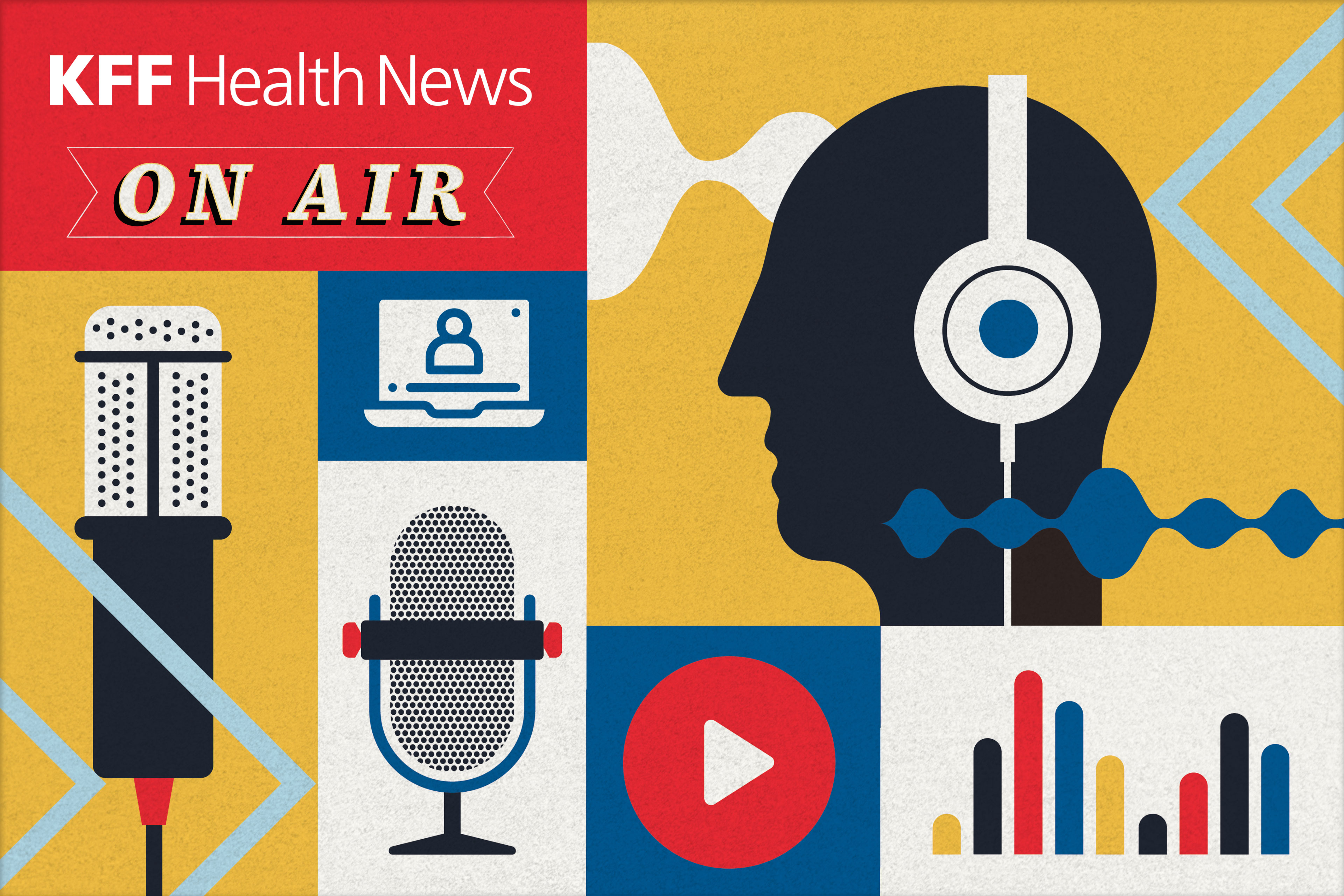Medicare enrollees who buy the optional Part D drug benefit may see substantial premium price hikes — potentially up to $50 a month — when they shop for next year’s coverage.
Such drug plans are used by millions of people who enroll in what is called original Medicare, the classic federal government program that began in 1965 and added a drug benefit only in 2006. The drug plans are offered through private insurers, and enrollees must pay monthly premiums.
It’s not known whether insurers will pursue the maximum increase allowed, as premium prices for next year won’t be revealed until closer to open enrollment, which starts Oct. 15.
Increases are expected to mainly affect stand-alone Part D plans, not the drug coverage offered as part of Medicare Advantage, the private sector alternative to original Medicare. More on that later.
Policy experts say premiums are likely to go up for several reasons, including increased use of some higher-cost prescription drugs; a law that capped out-of-pocket spending for enrollees; and changes in a program aimed at stabilizing price increases that the Trump administration has continued but made less generous.
One thing is surer than ever, say many policy experts: Beneficiaries should not simply roll over their existing stand-alone Medicare drug plans.
“Everyone should shop plans in open enrollment,” said Stacie Dusetzina, a professor of health policy at Vanderbilt University Medical Center.
Here are three reasons prices would rise.
1. It’s the Spending!
Every year, insurers keep an eye on what they’re spending on drugs so they can build that into their premium estimates. Spending covers both the prices charged by drugmakers and volume, meaning how many people take the medications and how often.
And it’s up. Spending by insurers and government programs for prescription drugs in 2024 across the market grew more than 10%, which is slightly greater than in recent years, according to a research report published in last month’s issue of the American Journal of Health-System Pharmacy. Estimates are not yet available for this year’s trends.
Still, in 2024, researchers found that drug prices overall decreased slightly. Spending rose because of drugs coming on the market and increased utilization, especially for pricey weight loss drugs and another category of medications that treat various autoimmune conditions, such as rheumatoid arthritis.
Such increased use is evident in Medicare. Many beneficiaries, for example, are treated for autoimmune conditions. And even though Medicare doesn’t cover treatment for weight loss, many members have diabetes or other conditions that a new type of weight loss drugs can treat.
The Trump administration, according to The Washington Post, is considering a five-year pilot program in which Medicare Part D plans could voluntarily expand access to the drugs, which can cost more than $1,000 a month without insurance. Details have not yet been provided, but the pilot program would not begin in Medicare until 2027.
Another wild card for insurers is the Trump administration’s tariffs on businesses that purchase products made overseas, which could boost drug prices because the U.S. imports a lot of its pharmaceuticals. Much, however, remains unknown about whether drugmakers will pass along any additional tariff costs to consumers.
So, while rising spending is one factor, it isn’t the only reason next year’s premium prices are expected to go up.
2. New Out-of-Pocket Caps for Consumers
Changes made to Medicare aimed at helping people with high out-of-pocket costs for expensive medications may be a bigger factor.
Here’s why: Starting this year, Medicare enrollees have a limit on how much they must pay out-of-pocket for prescription drugs. It’s capped at $2,000, a threshold that will rise each year to cover inflation.
Lawmakers in Congress set those changes in the Inflation Reduction Act under President Joe Biden. The law also shifted a larger share of the cost of drugs used by Medicare beneficiaries from the federal program to insurers.
That $2,000 cap is a big change from previous years, when people taking expensive drugs had a higher threshold to meet annually and were on the hook to pay 5% of the drug’s cost even after meeting that amount. Those additional 5% payments ended last year under the provisions of the IRA.
Before that law passed, “people would spend $10,000 or $15,000 out-of-pocket each year just for a single drug,” Dusetzina said. “The Inflation Reduction Act was necessary to make Part D proper health insurance, but there’s a cost to do so.”
While the cap is a big help for affected consumers, the reduced amounts paid by some beneficiaries — coupled with the cost shift to insurers — could lead plans to spread their increased expenses across all policyholders through higher premiums. A growing number of health plans have also begun to require enrollees to pay a percentage of a drug’s cost, rather than a flat-dollar copay, which can lead to larger-than-expected costs at the pharmacy counter, Dusetzina said.
While consumers not currently taking high-cost specialty drugs may not see a benefit in the $2,000 cap initially, they might one day, say policy experts, who note that drugmaker prices continue to rise and that enrollees could fall ill with a condition like cancer or multiple sclerosis for which they need a very high-priced drug.
“It’s important to think not just in context of those groups who hit the cap every year, but also people are paying more in premiums to protect their future selves as well,” said Casey Schwarz, the senior counsel for education and federal policy at the Medicare Rights Center, an advocacy group.
The new prescription drug cap and other changes apply to both the stand-alone Part D drug plans and Medicare Advantage plans. But those Medicare Advantage plans are not expected to increase the drug portion of their premiums, partly because the private sector plans are paid more per member than what it costs taxpayers for the traditional program.
That means Advantage plans have far more money to add benefits, such as vision and dental coverage, which traditional Medicare does not include, or to use them to cushion the impact of rising spending on drug costs, thus limiting premium increases.
Those additional benefits are advertised to attract customers to Medicare Advantage, which also sometimes offers plans with minimal or no monthly premium costs. There are other differences between traditional Medicare and private sector plans. For example, Advantage members must stick to doctors and hospitals in the plan’s networks, and they may face more prior authorization or other hurdles than in the traditional program.
The growing difference between premiums — fueled by the extra rebates flowing to the private sector plans — “is increasingly tilting coverage toward Medicare Advantage and making traditional Medicare plus a stand-alone PDP [prescription drug plan] unaffordable for many enrollees,” said Juliette Cubanski, deputy director of the program on Medicare policy at KFF, a health information nonprofit that includes KFF Health News.
3. Trump Administration Reduced Funding Meant To Slow Premium Growth
The final factor in the premium increase equation is a program set up to slow the rise of premiums in stand-alone Part D plans.
It began under the Biden administration to offset premium increases tied to changes in the Inflation Reduction Act by temporarily injecting additional federal dollars to help insurers adjust to the new rules.
That plan sent just over $6 billion this year to Part D insurers.
And it had an effect.
The average monthly premium for a stand-alone Part D drug plan dropped 9%, from $43 last year to $39 this year, according to KFF, even when factoring in that some plans raised prices by up to $35 a month, the maximum increase allowed under the stabilization plan for this year.
In a memo released in late July, the Trump administration said it would continue the program for next year, while shaving about 40% of the funding. A government official told The Wall Street Journal that the administration felt that keeping the full funding would have mainly benefited the insurers and cost taxpayers an “enormous, excess amount.”
The stabilization effort next year will send $10 a month per enrollee to Part D insurers to help keep premiums in check, down from $15 this year. Among other changes, it allows insurers to raise premiums by as much as $50 a month, up from the $35 allowed this year.
That would be a substantial increase, Cubanski noted, although it is not clear just how many insurers would pursue the full amount.
“We did see some plans this year were taking premium increases of that $35 amount in 2025, and I fully expect we will see some plans with increases up to $50 a month” next year, she said.
Another reason to take a close look at all the options once open enrollment begins.
[email protected],
@Julie_appleby



























